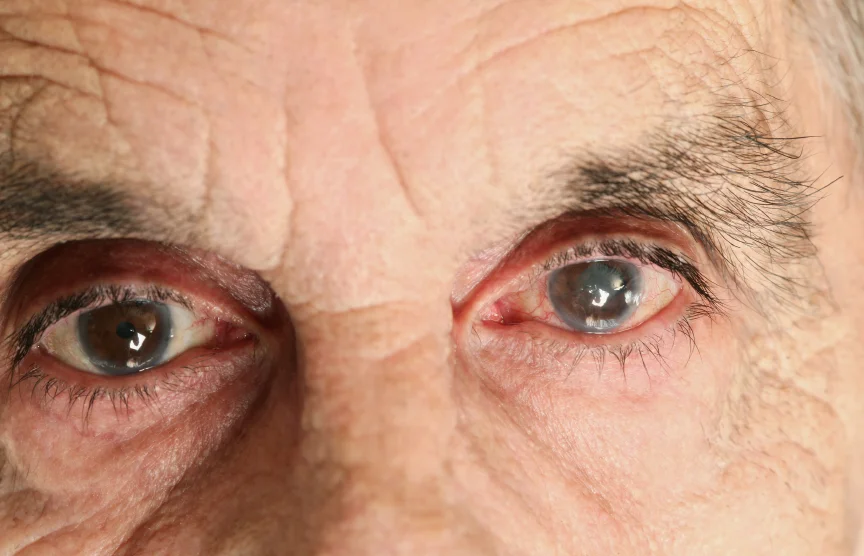Deductible: a burden of the US Healthcare System
/It hits around US Thanksgiving - the time of deferring your glaucoma and other treatable medical issues if you live in the United States. This phenomenon does not exist in Canada. When booking into early next year for their follow-up visits, many patients want to delay their visit so they won't have to pay out-of-pocket. They would rather delay care a few months until they are sure they've reached their insurer's deductible for the year. In Canada, patients are covered all year round without any deductible or co-pay and in each province there is a published fee code for each visit type (topic for a future article.) Here in the States, although glaucoma care is fully covered, if they have not reached their deductible for the year, then the patient has to pay in full for their visits. With each insurer paying a different amount for the same visit type, the amount the patient will end up paying out-of-pocket varies. Patients who have coverage are not liable for the full rack rate which is beyond what any insurer would pay for most anything. And those who have no coverage are charged more than any insurer ends up paying.
Conversely it is also a time crunch for patients who need a laser or incisional surgical intervention and want to make sure it's done before the end of December so that it is fully covered. Inevitably the patient gets disappointed as I am booking well into the new year. Does this really have to be the case? Why are there deductibles in this country and why must they be so high? The idea of the "high deductible" plans was to lower the cost of insurance for patients but the insurance premiums are still out of reach of many. Millions of families have opted out of insurance, even with the advent of the Affordable Care Act, having decided to pay the penalty ($695 per adult in 2017) and pay in full for all medical expenses. These families can't come up with more than $10,000 per year to insure their families and gamble that their out-of-pocket costs will amount to less than the cost of insurance. For my family, the first $11,200 in health expenses each year are out-of-pocket before the insurance pays anything. If that were added to the premiums for the year, that would mean an extra $1,000 per month in premiums! This $11,200 deductible would probably cover family healthcare for an entire year in Canada whereas in the States, this deductible is often not even enough to get through the first quarter of the year. The total insurance premiums for a family in a developed country should not cost this much. In the United States last year $9,900 was spent per person on medical care... poor value per dollar compared to much of the rest of the world.
Shouldn't the most expensive medical coverage buy the best care and not mediocre care?
The US Healthcare system is the most expensive per capita in the entire world yet the Global Burden of Disease 2015 study of healthcare ranked Canada 9th and the United States well behind at 28th based on the UN General Assembly's Sustainable Development Goals. The latest World Health Organization ranking the US fares even worse at 37th vs Canada's 31st. Canada is delivering better care for the amount that is spent. Yes, elective procedures are prone to much longer waitlists in Canada but that is another topic for future discussion. The healthcare system in the United States needs a major reboot. At the very least, patients are entitled to affordable coverage and should not have a deductible that prevents them from seeking care. Glaucoma may not be a top priority to many patients as it is usually slow to progress but neglecting glaucoma care to avoid paying out-of-pocket can result in permanent damage to vision. It's hard to put a dollar value on that.
-----
The opinion expressed in this article is not necessarily shared by my employer.


